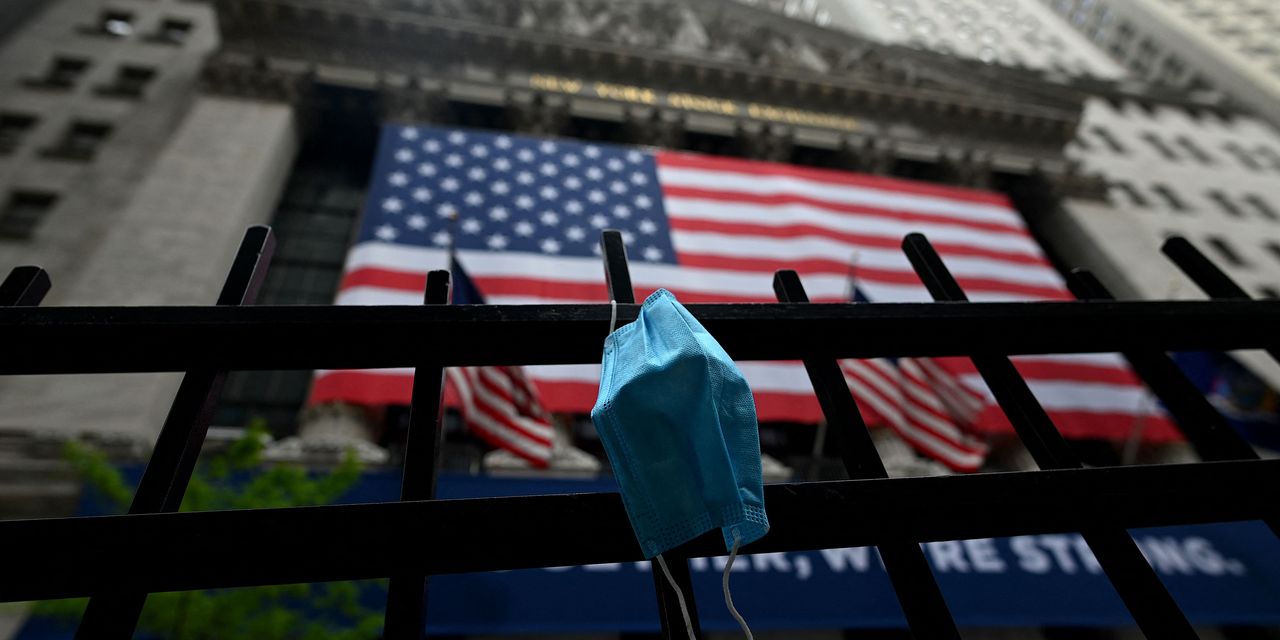About the author: Peter W. Atwater is an adjunct professor of economics at William and Mary, and president of Financial Insyghts, a consulting firm. This commentary is adapted from his new book, The Confidence Map: Charting a Path from Chaos to Clarity, from Penguin Random House/Portfolio.
The aftermath of the Covid recession three years ago sent economists on a mad dash for letters of the alphabet. Which letter best resembled the shape of the recovery to come? Some experts thought it would be V-shaped, that there would be a quick, sharp bounce back to the economy. Others chose the letter “U,” projecting a period of malaise before things would turn up. Still others picked the letter “L,” believing the pandemic would do irreparable harm that it would take years to recover from.
I chose the letter “K.” From what I saw, the recovery would be uneven. While those at the top would quickly return to their prepandemic spending and investing behavior, those at the bottom would languish.
What informed my decision was the wide disparity in confidence I observed. Thanks to remote work, many white-collar workers immediately adapted to the outbreak. Zoom calls and home offices quickly ushered in a new sense of normality. The professional and managerial set were also best positioned to benefit from the unprecedented fiscal and monetary responses to the pandemic, given policy makers’ historical “trickle down” practices.
But not everyone was faring so well. Nurses, truck drivers, supermarket clerks, and many teachers continued to be most exposed to the outbreak. Their professional lives weren’t transformed in the same way. They would also be the last to recover. Yes, public support would flow to them, but it would hardly provide the wealth effect experienced by those at the top. Put simply, as feelings of certainty and control returned for some, many others felt unsure and powerless. As I looked ahead, I expected the economy would ultimately mirror this K-shaped recovery in confidence.
Three years on, signs of an ever-widening gap in confidence and economic behavior are clear. As a record number of Americans prepare to flood Europe and other popular vacation destinations this summer, automobile loan delinquencies are soaring, and UPS workers are threatening to strike. Even with full employment, those at the bottom have often struggled to keep up with the rising cost of living. Moreover, thanks to today’s high concentration of wealth, they have been largely left out of the financial-market gains garnered by those at the very top.
And this isn’t just an American experience. The richest 1% accumulated close to two-thirds of all new wealth created around the world since 2020, the poverty-focused nonprofit Oxfam reported earlier this year. The top 500 billionaires in the world added $852 billion in wealth during the first six months of the year, Bloomberg noted. LVMH—the holding company for such brands as Louis Vuitton, Moet Hennessy and other products targeted to the financial elite—is now the biggest company in Europe, measured by market capitalization. Four of the top ten companies represent luxury-goods makers. Meanwhile protestors have taken to the streets of Paris.
While the widening political divide grabs the headlines, more focus needs to be paid to the gap between those at the top and bottom of the economy, especially because it is mirrored by relative mood. The K-shaped recovery has resulted in a confidence divide in which those at the top feel invincible while those at the bottom feel all but defeated. Not only does that frustration make widespread social unrest more likely, it generates preferences that run counter to the interests of those at the top. Devoid of confidence, we are likely to be xenophobic, nationalistic, anti-establishment, and far less concerned about the welfare of others. Driven by intense feelings of vulnerability, our choices are driven by “me-here-now” thinking where we want best for ourselves, others be damned.
Those at the top seem to believe they are immune from the potential hostility arising from those far below. Moreover, they think they can easily flee should trouble develop. As global nomads, they believe they will prosper wherever they land.
To be fair, their beliefs appear well-supported. The financial markets’ response to social and political turmoil continues to be especially muted—minor blips, as it were, in a seemingly unending ascent. Moreover, there is little to suggest that capital mobility, let alone physical mobility, can or will be constrained. The greatest advantages continue to skew heavily to those at the top.
Still, the global elite—and global corporations—need to be especially careful here. All it takes is a spark, for widely shared extreme vulnerability to turn into a raging fire. And should zero-sum thinking naturally take hold, those believed to have too much will become easy targets for those who feel they have too little. Abstract, symbolic, and psychologically distant from those at the bottom, those at the top are especially vulnerable to sweeping generalizations of an impulsive and highly emotional crowd.
While the post-Covid recovery has propelled the confidence of those at the top to new highs, they shouldn’t lose sight of the plight of those below. While they may now think otherwise, the lower leg of the K-shaped recovery could easily trip them later.
Guest commentaries like this one are written by authors outside the Barron’s and MarketWatch newsroom. They reflect the perspective and opinions of the authors. Submit commentary proposals and other feedback to [email protected].
Read the full article here













